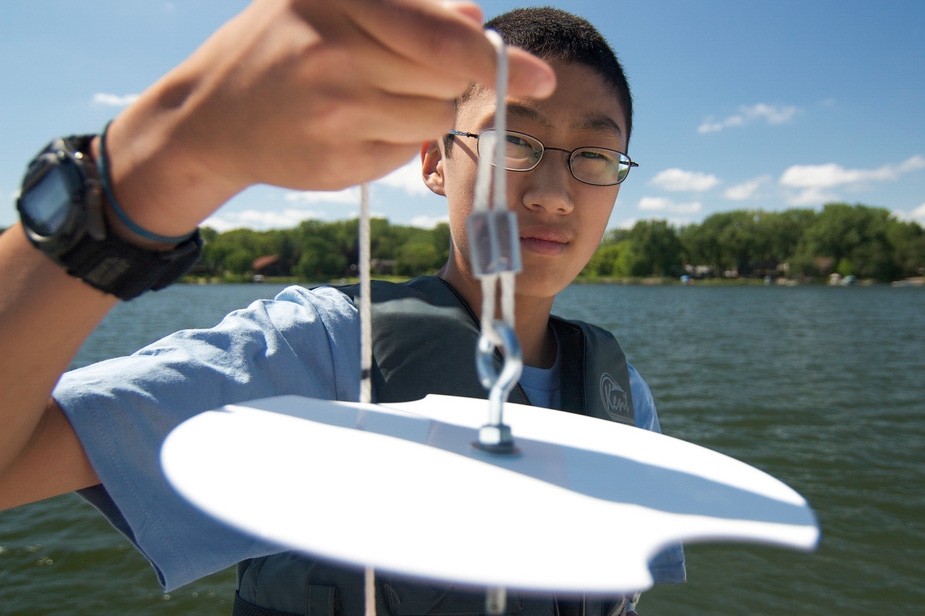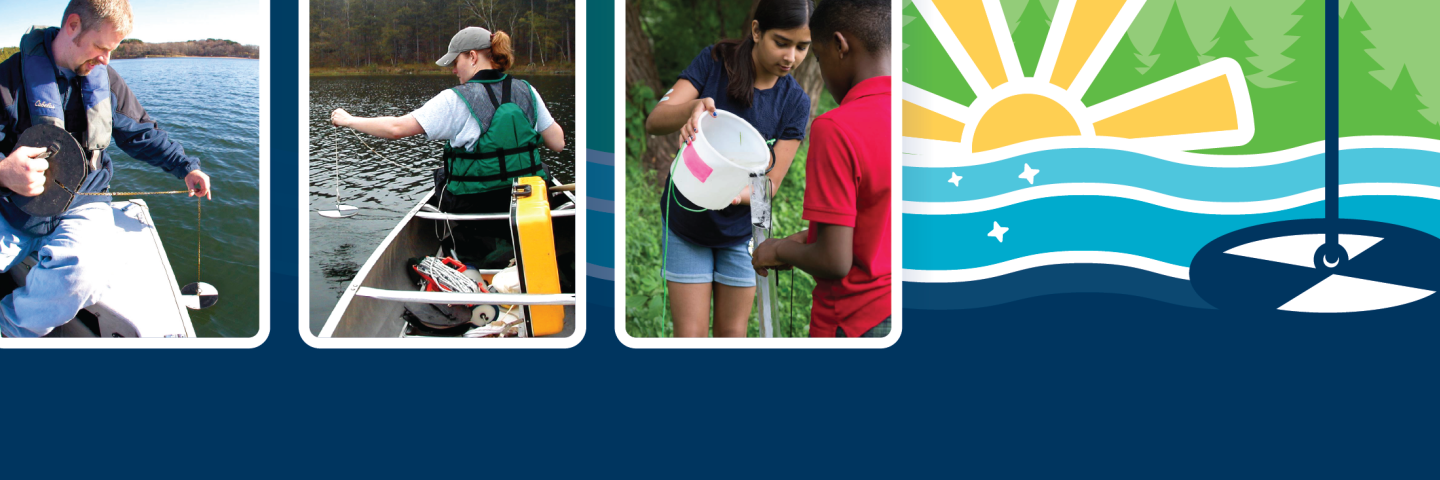For 50 years, volunteers have gathered critically important water clarity data on Minnesota lakes and streams. For some bodies of water, volunteer monitoring provides the only data available, making this work indispensable.
At least twice a month during the summer, volunteers measure water clarity using a Secchi disk or tube at designated locations on lakes or streams. During each visit, they record their reading and observations on the physical and recreational conditions of their lake or stream. They submit the information at the end of each monitoring season. Anyone can do it — no prior experience is needed. The MPCA uses volunteer-collected data to make decisions on watershed protection and restoration.
Lake volunteers
- can monitor any Minnesota lake.
- need access to watercraft such as a canoe, kayak, paddleboat, or motor boat.
- use a Secchi disk attached to a calibrated rope (provided by the MPCA) to measure water clarity.
- monitor from May through September.
Stream volunteers
- monitor any stream or river that flows year round.
- collect water samples from a bridge or stream bank.
- use a Secchi tube (provided by the MPCA) to measure water clarity.
- monitor from April through September.
Gathering useful data
Water clarity is an important indicator of lake and stream health; it shows the amount of light penetration into the water. For streams, a low clarity reading reflects excess sediment. For lakes, it's excess algae. These conditions can affect plant, insect, and fish communities and impact recreational opportunities. The MPCA uses volunteer-collected data to:
- detect trends in water clarity over time. Increases or decreases in water clarity may indicate changes in water quality on a lake or stream.
- formally assess the health of lakes and streams by comparing them to state water quality standards. Lakes and streams that fail to meet water quality standards are categorized as impaired and require restoration to improve their overall health.

Meet our volunteers
Our annual yearbook features the folks who help track the health of Minnesota's lakes and streams. We appreciate their hard work to help protect Minnesota's waters.
